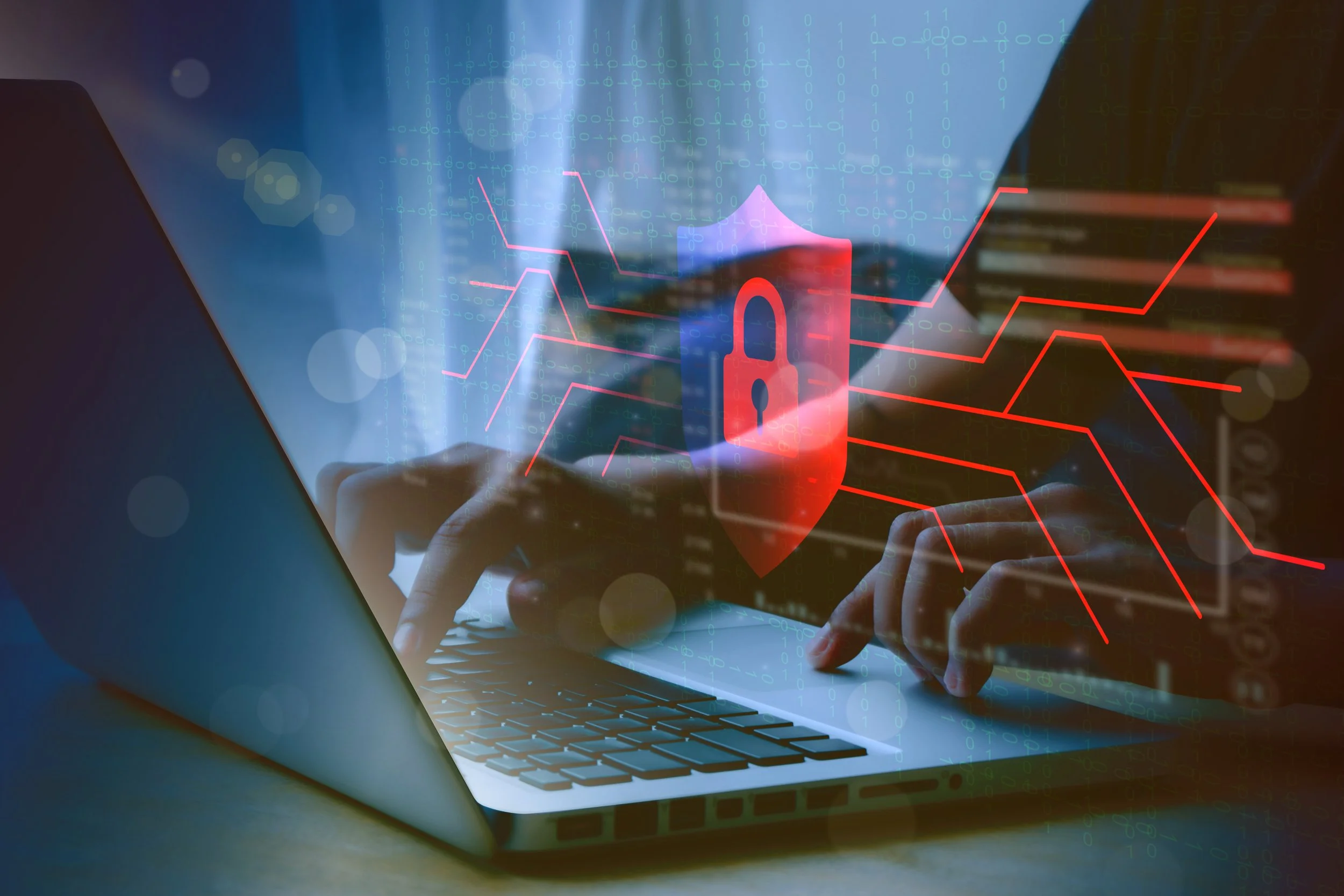Navigating the Windows 10 End of Life
The digital landscape is constantly evolving and staying ahead is crucial. A significant shift on the horizon is the upcoming sunsetting of Microsoft Windows 10. This marks a critical inflection point as it impacts organizations still relying on this soon to be legacy operating system. IT and business leaders must act decisively to safeguard operations, data, and compliance. The official Windows 10 end of life date is October 14, 2025. After this date, Microsoft will no longer provide free updates, patches, or technical support.
Understanding Windows 10 End of Life: What It Means for Your Organization
The phrase "windows 10 end of life" carries significant weight. It signals a discontinuation of critical support. This has direct implications for your business. Let's break down what end of support for Windows 10 truly means:
No More Security Updates: This is perhaps the most critical consequence. Systems will become highly vulnerable to cyber threats. Think of it like leaving your digital doors wide open. Without regular patches, Windows 10 systems become prime targets for malware, ransomware, and data breaches. This risk escalates daily after the end-of-life date on October 14th, 2025.
No Technical Support: Microsoft will cease providing assistance with troubleshooting. This can strain resources. It can lead to prolonged downtime. Complex problems will lack official vendor support.
No Feature Updates: Compatibility will degrade over time. New applications and hardware may not function correctly. This impacts productivity. It hinders the adoption of modern tools, and your systems will become increasingly obsolete.
Compliance Challenges: Outdated software can jeopardize compliance with industry regulations. Many industry regulations mandate up-to-date systems and active vendor support agreements. Examples include HIPAA, PCI-DSS, and GDPR. Non-compliance can lead not only to hefty fines, but it can also result in legal repercussions. Maintaining compliance is not optional; it is a fundamental business requirement.
Strategic Upgrade Options for Your Organization
Planning Beyond the Windows 10 End of Life Date
Proactive planning is essential. You have options to mitigate these risks, and understanding these options is key to a smooth transition.
Upgrade to Windows 11 - The Secure and Future-Ready Path: This is the recommended course of action, if your hardware supports it. Windows 11 offers enhanced security features including Windows Hello, BitLocker, and phishing protection. It boasts improved productivity tools such as Snap Assist, virtual desktops, and integrated Teams to enhance the user experience. Windows 11 also presents a modern, intuitive interface. This upgrade ensures long-term support, provides access to the latest innovations, and positions your organization for future growth.
Enhanced Security: Windows 11 was designed with security in mind. Its robust features offer multi-layered protection which is vital in today's threat landscape.
Improved Productivity: The new features are designed to streamline workflows, empower employees, and foster collaboration.
Modern User Experience: An updated interface can boost user satisfaction. It can improve the adoption of new technologies.
Extended Security Updates (ESU) - Buying More Time (for a Fee): For organizations that need more time, Microsoft offers ESUs for a fee. This buys you up to one additional year of critical security updates. The ESU program is a temporary bridge and is not a long-term solution. It can be a useful tool to buy you additional time for planning. It allows for a phased migration and prevents immediate exposure to security risks. However, relying solely on ESUs can be costly, delays the inevitable, and doesn't address compatibility or performance issues.
Real-World Implications: Learning from Recent Assessments
The urgency of the "windows 10 end of life support date" is not theoretical. It has tangible implications. A recent assessment for one of Burwood’s clients highlighted this reality as it revealed that several conference rooms were still running Windows 10 and, due to hardware limitations, could not be upgraded. This directly highlighted the urgency for hardware refreshes and infrastructure planning. This scenario is not unique. Many organizations face similar challenges, which emphasize the need for proactive hardware assessments and reinforce the importance of strategic budgeting.
Strategic Recommendations for IT and Business Leaders: A Path Forward
Navigating the Windows 10 transition requires a structured approach. Here are key strategic recommendations:
Audit Your Environment: Begin by identifying all devices running Windows 10. Assess their upgrade readiness. This involves a comprehensive inventory. It requires evaluating hardware compatibility. It includes understanding software dependencies. This audit forms the foundation of your migration plan.
Prioritize Critical Systems: Focus your efforts on systems that handle sensitive data or are essential to operations. These systems pose the highest risk if left unaddressed. Tackle the most critical systems first then follow a phased approach to tackle the remaning parts of your system.
Plan for Budget and Resources: This transition has financial implications. Factor in licensing, hardware, and training costs. Budgeting now prevents surprises later. It ensures a smooth transition without financial strain.
Communicate Early and Often: Keep all stakeholders informed to ensure smooth transitions. This includes employees, department heads, and executives. Early communication ensures smoother transitions. It manages expectations. It fosters cooperation. Transparency builds trust.
Beyond the Deadline: A Catalyst for Modernization
The "Windows 10 end of life date" is more than just a technical deadline. It is a strategic opportunity to modernize your IT infrastructure. It's an opportunity to enhance security, and a pathway to improved productivity. By planning now, IT and business leaders can turn a compliance challenge into a catalyst for modernization, security, and productivity. Embrace this opportunity. Drive innovation within your organization and ensure a secure and efficient future.
Understanding the Financial Implications of Not Upgrading
While the cost of upgrading might seem significant, the financial implications of not upgrading are far greater. Consider the potential costs:
Cost of a Data Breach: The average cost of a data breach continues to rise, with 2025’s globabl average now at $4.76 million. This includes legal fees, regulatory fines, customer notification costs, and reputational damage. An unsupported OS dramatically increases this risk.
Lost Productivity due to Downtime: Vulnerable systems are more prone to attacks and failures. Downtime translates directly to lost revenue. Employees cannot work effectively. Operations grind to a halt.
Increased Support Costs: As systems age and become incompatible, your internal IT team will spend more time troubleshooting. Without Microsoft support, complex issues will take longer to resolve, consuming valuable resources.
Reputational Damage: A security incident due to outdated software can severely damage your brand. Customers lose trust. Partners may reconsider collaborations. Rebuilding a damaged reputation is a long and expensive process.
Inability to Adopt New Technologies: Staying on Windows 10 will limit your ability to leverage newer software and hardware. This can put you at a competitive disadvantage. Innovation will be stifled.
Beyond the OS: A Holistic Approach to IT Modernization
The end of Windows 10 serves as a powerful reminder for a broader IT strategy. It's an opportunity to:
Re-evaluate Hardware Lifecycles: This transition necessitates a review of your hardware refresh cycles. Are your devices capable of supporting current and future software needs?
Strengthen Cybersecurity Posture: Beyond OS updates, consider a comprehensive cybersecurity audit. Review your endpoint protection, network security, and employee training programs.
Optimize Cloud Strategy: Leverage cloud services to enhance flexibility, scalability, and disaster recovery capabilities. Modern operating systems integrate seamlessly with cloud platforms.
Invest in Employee Training: Ensure your employees are comfortable and proficient with the new operating system and its features. Training minimizes disruption and maximizes productivity.
Partner with Experts: If internal resources are stretched, consider partnering with IT consultants like Burwood Group. They can provide expertise and support throughout the migration process.
Final Thoughts: Seizing the Opportunity
The Windows 10 end of life date is fast approaching. Procrastination is not an option. This is a critical moment for IT and business leaders to demonstrate foresight and leadership. By proactively addressing this transition, you can safeguard your operations, protect your data, ensure compliance, and lay the groundwork for a more secure, productive, and modern future for your organization. Don't let this be a reactive scramble. Turn it into a strategic leap forward. The time to act is now.




